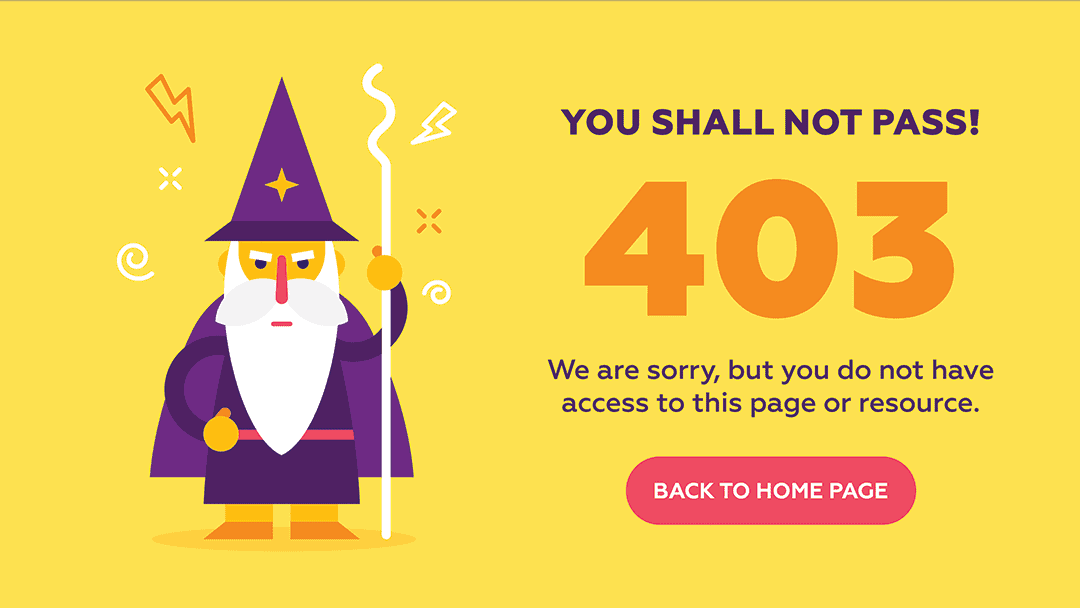What is a 403 Forbidden Error (and How Can I Fix It)?
The 403 forbidden error is called an “HTTP status code”. It means that you are accessing the page or the resource that you are trying to reach. It prohibits because of some reasons.
Operating your website is tricky, especially when you have to face technical issues like 403 forbidden errors.
It is particularly frustrating to understand the front end user. Who may be unable to access a specific site?
We have only a few options available for troubleshooting 403 forbidden errors. However, applying the different solutions can help to resolve the issue quickly.
Table of Contents
What is '403 forbidden' error? How to fix it?

When you are trying to access the page or file on a website, the 403 forbidden error doesn’t have permission to access it. When the website is functioning, there is some permission issue getting in the way. But the website server is performing ”403 forbidden error access is denied”.
The problem typically results from the issue with file permission. The error might give result from an issue with a plugin that you are using.
What Are The Reasons of 403 Forbidden error?
In the given article, we addressed the two main methods for resolving 403 forbidden wrongs:
The user on the front end will have to refresh the page and clear the cookies and cache.
Secondly, the back-end site owner uses an FTP client to deactivate the plugins and restore the .htaaccess file and make it adjust your file permission.
Here we have discussed the top 6 solutions on how to resolve 403 forbidden error.
Top 6 Ways To Resolve '403 forbidden error'
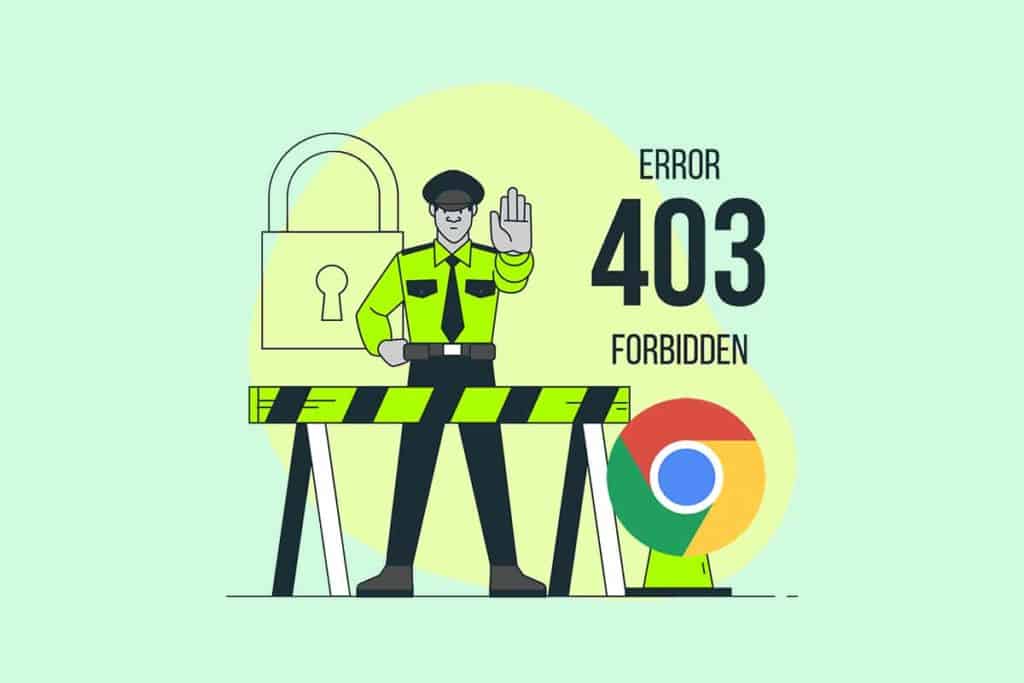
In this article, you must know the different methods to fix the problem. Let’s take an overview of it. There are some easy solutions you can try. On the other hand, you can reach out to the hosting provider for an assistant.
1. Fix the error as a website visitor:
Suppose you want to access the website as a user from the front end. The 403 forbidden error blocks the website access; You might also try to follow the steps. However, if you are a site owner, you need to make that the error is not the end.
2. Refresh the Page:
The first thing you need to refresh the page. Sometimes a 403 forbidden error occurs because of a minor glitch. After that, the page only needs to be reloaded. If the page does not work, you must check out the URL.
It would be best if you typed it accurately. The link is properly ended with “com” and “org” if you are trying to access the website area that is reserved for the administration.
If you may have followed the wrong link, you may try to access the website by using a different source. You may also reach out to the publishing of the association. It meant to use a different URL.
3. Clear your cookies and your cache:
The web browser uses the cookies and cache and retains the static information. It will help you to run the website quickly. If you clear the cookies and cache, Maybe, it will remove the error. Sometimes, The cookies and cache save the incorrect setting, which causes a 403 forbidden error. It is a smart step to clear cookies and cache.
If you are using chrome, you select the setting from the drop-down menu. Then, scroll down to the privacy and security section and click on the precise browsing data.
You can also check the cookies and other site data, cache files and images. It may also log you from the website account.
4. Check out the faulty plugins:
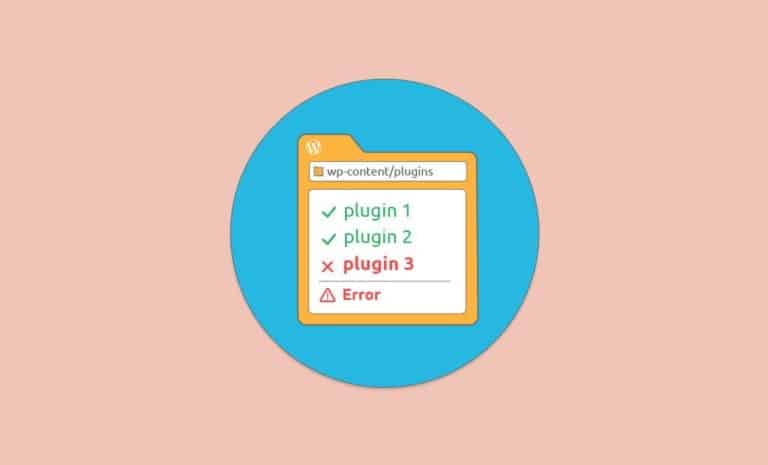
There are large numbers of WordPress plugins. Therefore, it is not unusual for a plugin to create issues on a website, for example, 403 forbidden error.
The best way to tackle this problem is to deactivate all plugins and reactivate them one by one until you find the corrupted plugin.
Go to plugins>> Installed Plugins>>
you can click on the top checkbox and select all the plugins. Then, you can choose to deactivate from the drop-down menu and press the click button.
Once they become deactivated, maybe, you will be able to access the page. But, perhaps the plugin will cause a problem. After that, you will have to reactivate the plugins one by one and refresh the page to know about 403 forbidden errors.
The adding of the faulty plugins should cause the error to reoccur.
Suppose association 403 forbidden error prevents you from logging into the domain area. Using an FTP client to access the WordPress files once you have connected to the website would be helpful. Then, you can open the root folder and quickly navigate to WordPress.
WordPress >> content plugins.
Suppose you want to deactivate the plugins on the website. First, you have to rename the plugins folder. After that, you can try to do something different. As you deactivated the plugins, press the Next buttons to access your website.
If you become successful, you must rename the plugins folders and go back to the “plugins” option; afterwards, open it and open each plugin folder name at a time. You must check out the website after changing the name of each plugin. It will help you out know about the specific corrupted plugins. Once you come to see it, you must remove or replace it. You can also take help from the developers.
5. Make sure that the .htaaccess file is not corrupted
Step #1
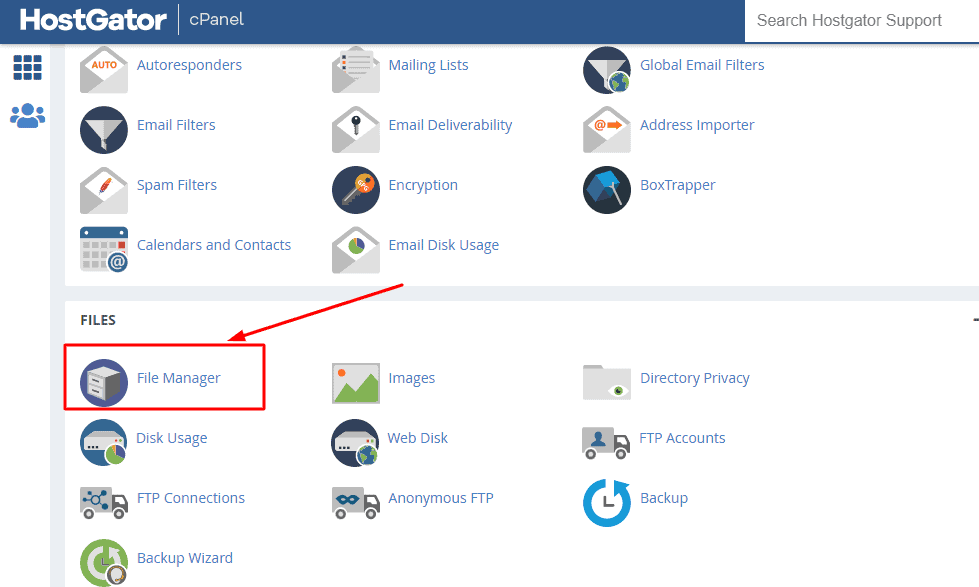
Step #2
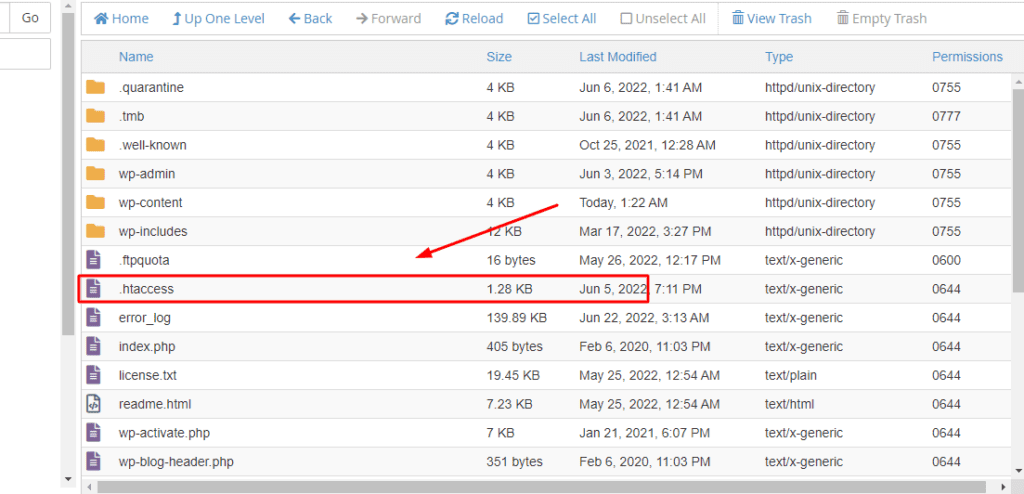
Suppose your host provider uses an Apache webserver .htaaccess file becomes the leading cause of the 403 forbidden error. This is because .htaaccess controls access to the configuration setting on the WordPress website. The minor change can generate the 403 forbidden error. It can also damage the website.
If you want to fix this problem, you can reset your .htaaccess files; before you further proceed, it is highly recommended to back up the website. Once your backup is ready, you can open your FTP client of choice. Subsequently, locate your .htaccess file and delete the file.
Then, you can go to the WordPress dashboard and navigate the settings >> Permalinks.
You don’t have to make changes here. All you have to do is scroll down and click on the “Save Changing”. Then, it will automatically generate a New—htaaccess file on the website.
If the 403 forbidden error because of it. It should resolve the problem. If you are still facing the same issue, just check out the final step.
6. Select the correct file permissions:

403 error is linked to the file permission. WordPress also provides a set of approval. It does not cause any issues for the website owner. Sometimes, the setting becomes changes.
The error is relatively easy to fix. You can open the file directory using your FTP client. You must find the root folder that contains the WordPress site. You can make a right-click on the parent category and make it navigate the file attributes.
The file contains WordPress admin, WordPress content,
You fill the numeric value checkbox with 755. Then, you can check the box labelled recourse into subdirectories. But you need to select only apply to the directories. Afterwards, it will automatically go with the suitable options.
Onwards, you will just need to repeat the process. First, I thought the website area to enter 644 in the numeric field and select “Apply” options on the Files only. Then, you can click on “OK“.
Then, you go back to the website directory and find your “wp-config.php file.”
Make a right-click on it and select the File attributes.
When you enter the 644 into the numeric field and click on the “OK” button, you must change all files. It should resolve the Forbidden 403 error. This file is the outcome of the WordPress file permission.
Conclusion:
The WordPress website encounters a large number of errors. The troubleshooting process is quite frustrating. Suppose they prevent access to the website like the 403 forbidden error. Then, you must apply a systematic approach to address the leading cause of the problem.
